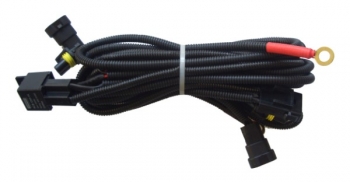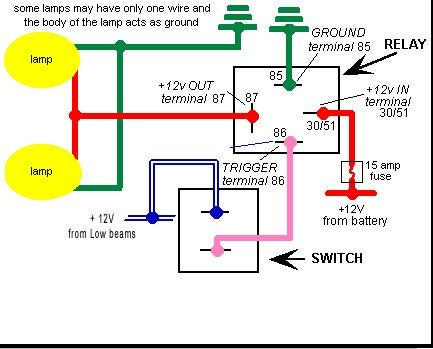Eh? I know that 30/40 is power, 87 is ground and not sure exactly what to do with 85 & 86...
Also, what exactly is the purpose/value of the relay...
Also, what exactly is the purpose/value of the relay...


Here is the wiring diagram for a typical 5 prong 30amp relay.

Also, what exactly is the purpose/value of the relay...
What are you trying to do? Most HIDs are Plug & Play to the factory headlight plugs.
May also consider just buying this, as it's already made and it's plug and play as well. This allows you to draw your power directly from the battery (relay is built int) and it only uses the stock wiring for the On/Off switch signal.
http://www.ddmtuning.com/Products/HID-Kit-Wiring-Harness

..Is a Farad basically a large version of a relay? I know, dumb question. Still figuring out all the electronic stuff..
